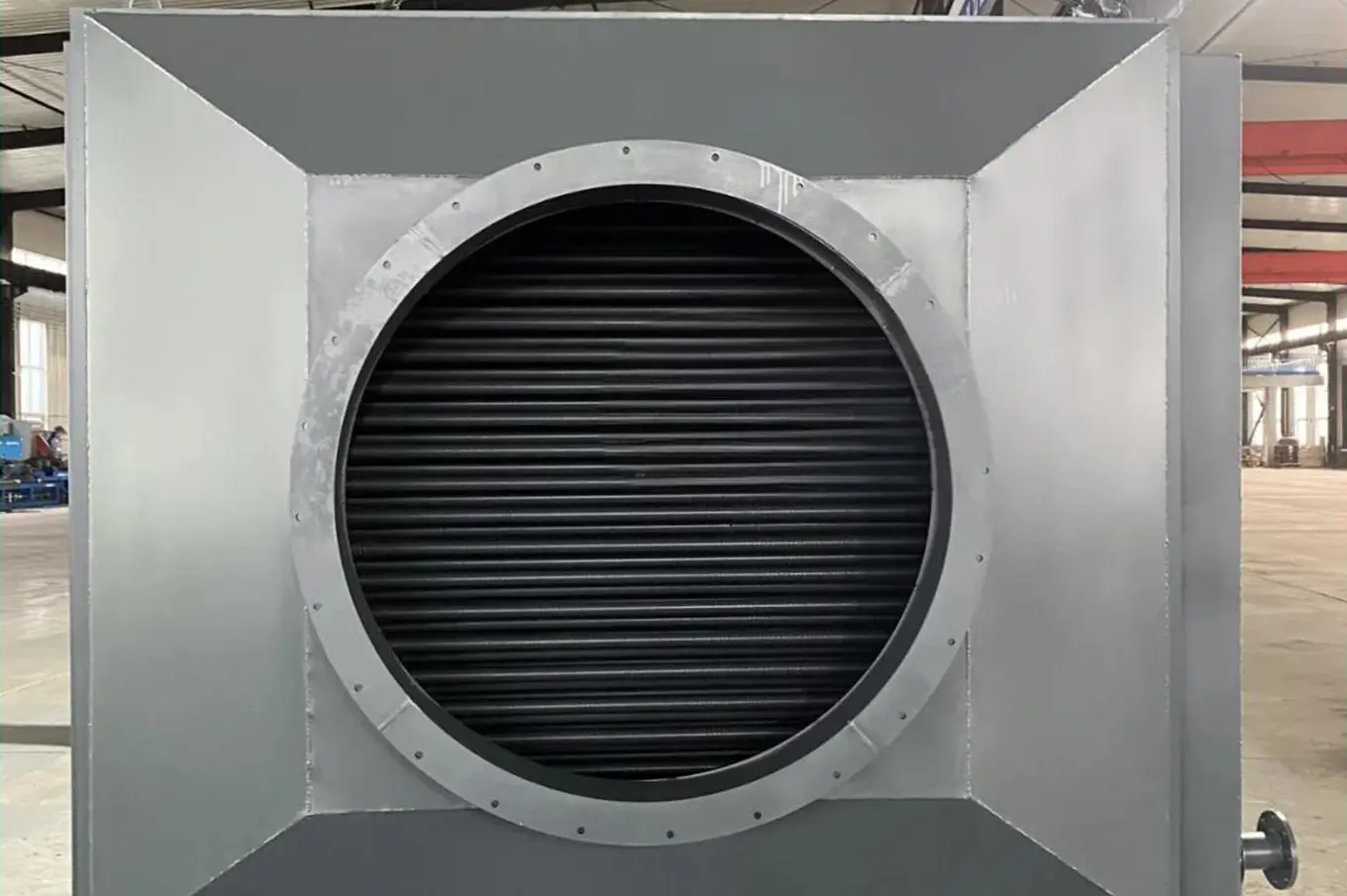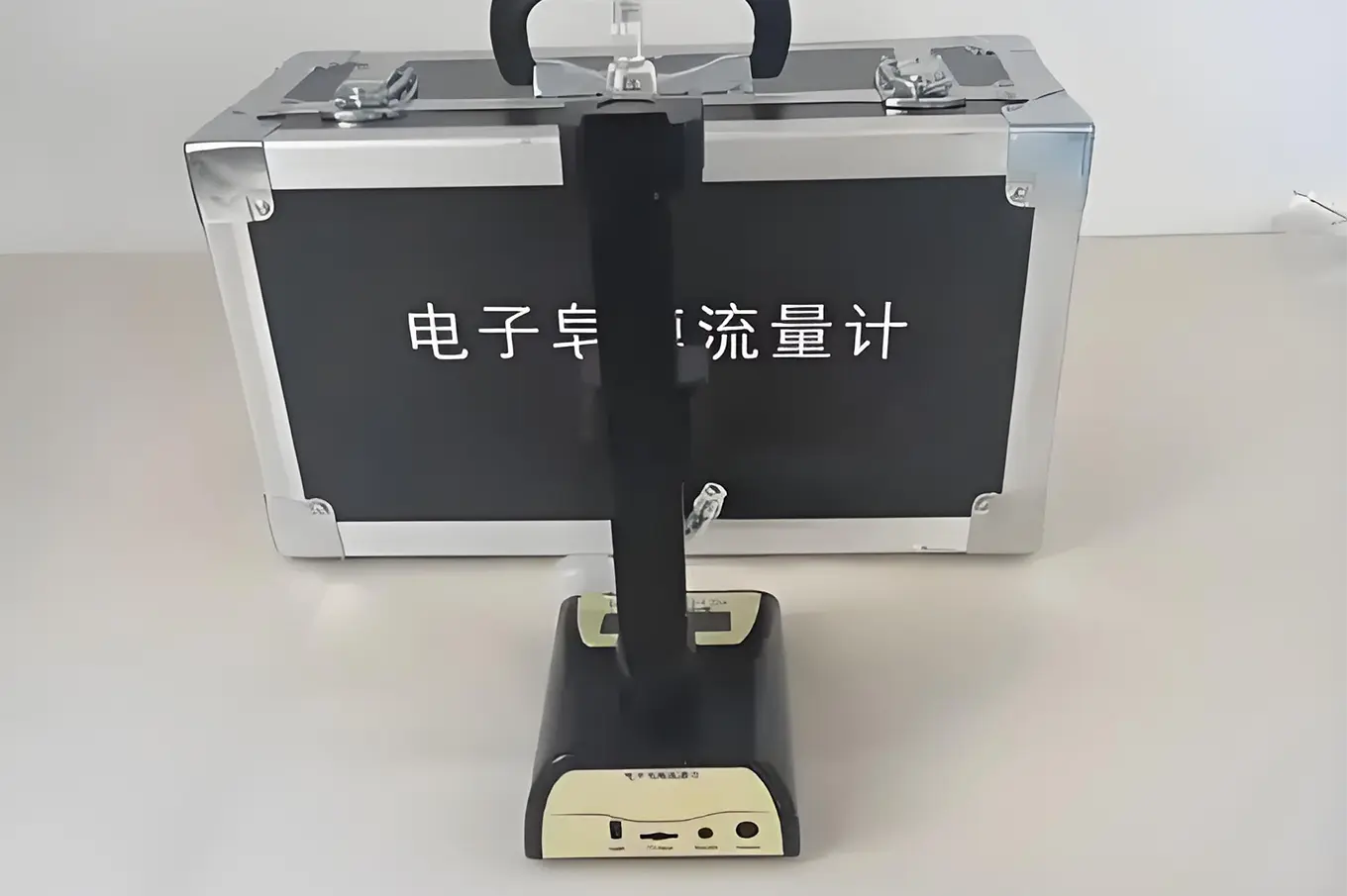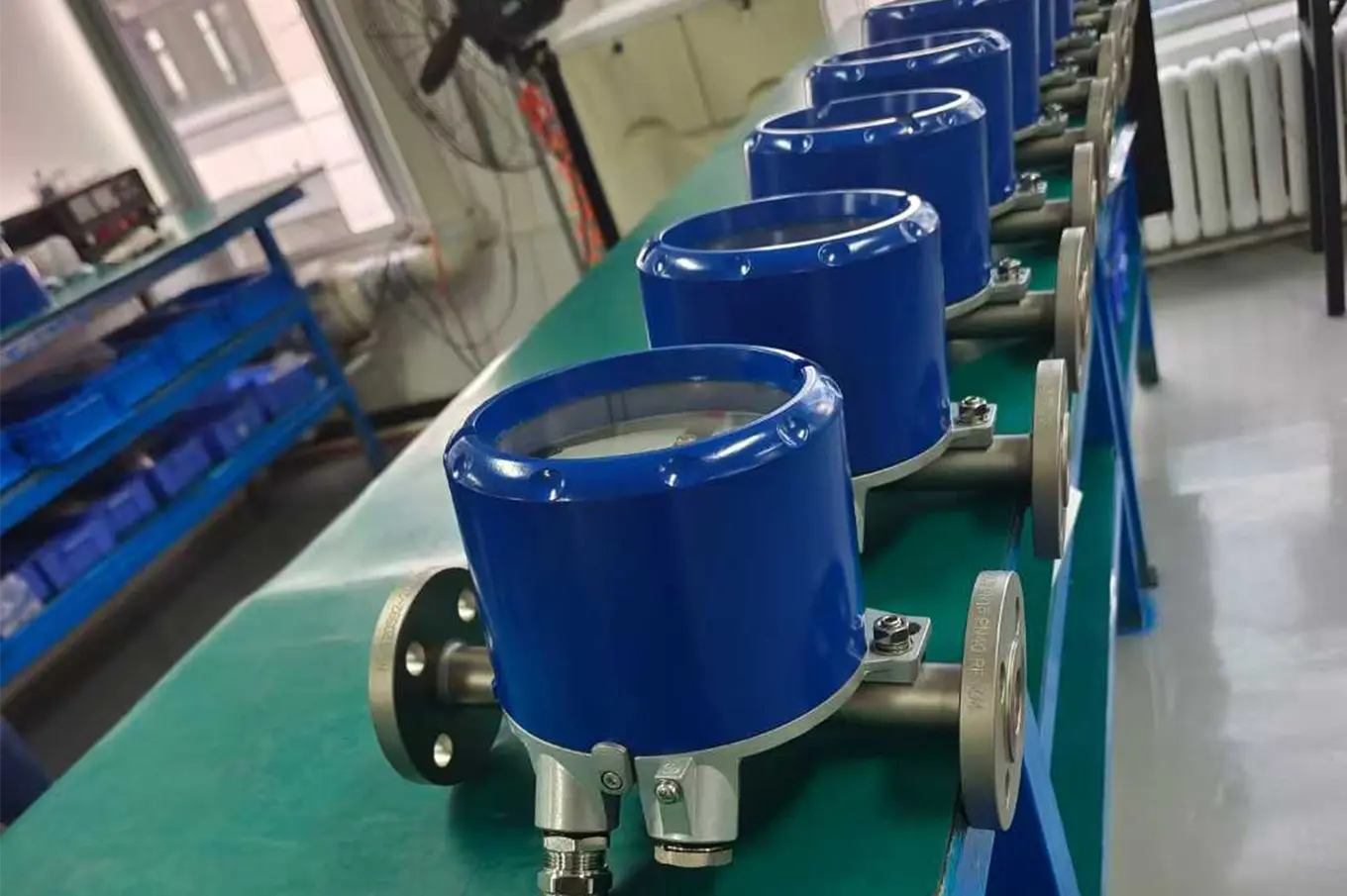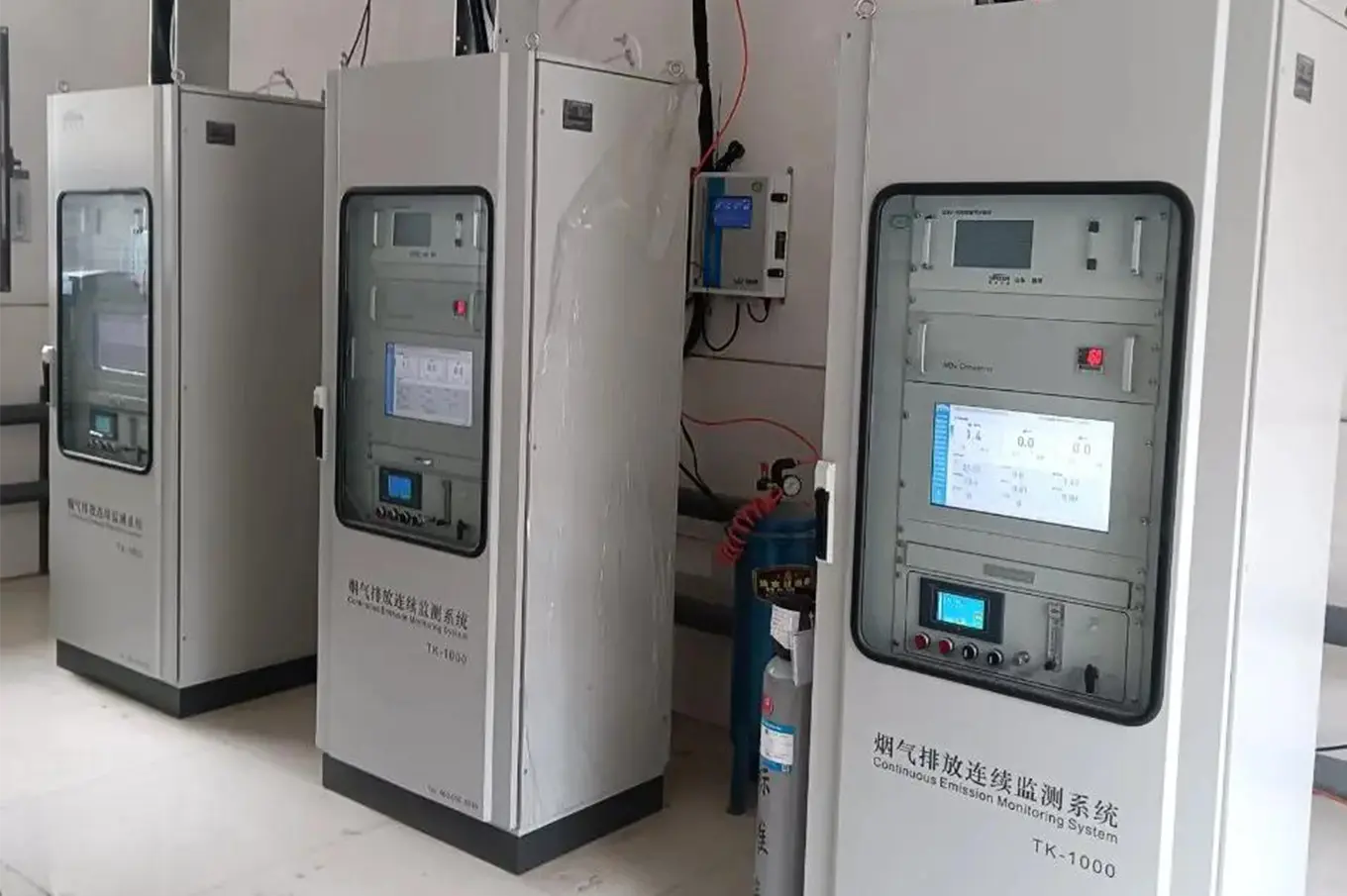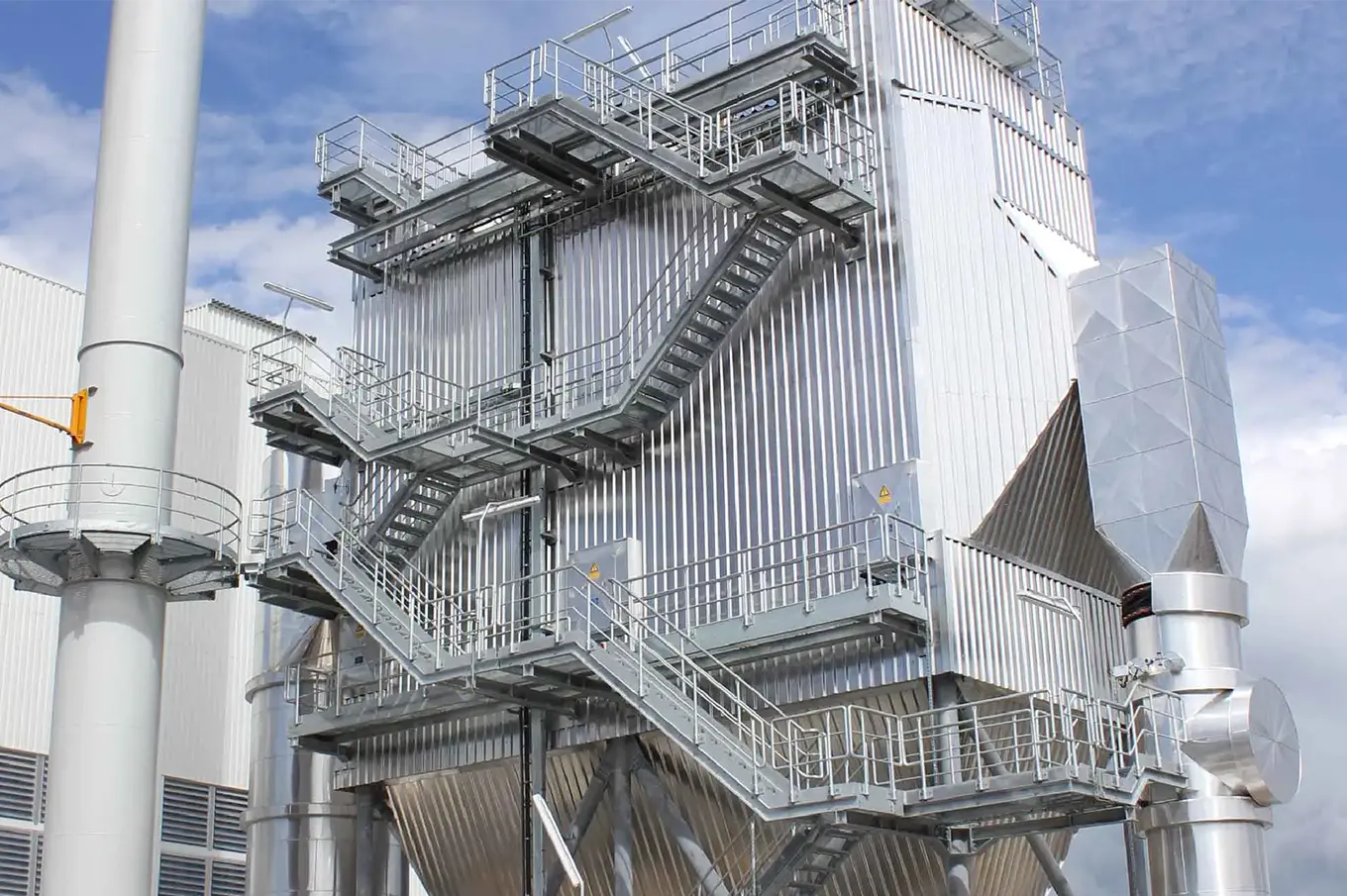- Shanghai Zhongshen International Trading Co., Ltd. – Your reliable partner with 20 years of import/export agency service expertise.
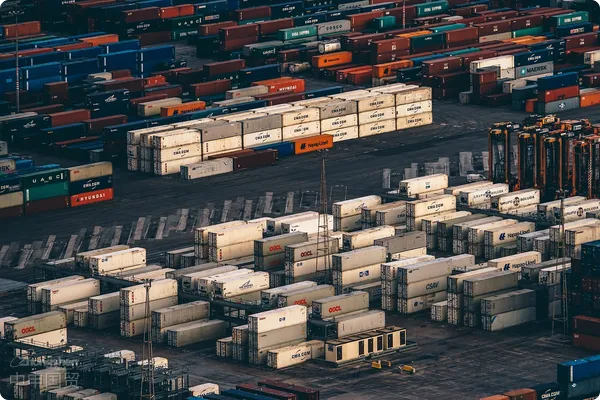
A new growth pole in the global aquaculture equipment market
According to FAO data in 2025, the market size of industrial aquaculture equipment will exceed $38 billion, with recirculating aquaculture systems (RAS) and automated feeding devices becoming the main growth categories. As the world's largest producer of high-density aquaculture equipment, China's export volume has a compound annual growth rate of 12.7%. However, the characteristics of the equipment, such as its large size (with an average single set of 12-18 cubic meters) and precision components (including electronic control systems), make the export process far more complex than that of ordinary machinery products.
The three technical barriers in the export process
Certification maze:The requirements for entering the target market show significant differences:
- The EU CE certification requires simultaneous compliance with the EMC Directive (2014/30/EU) and the Machinery Directive (2006/42/EC).
- The Association of Southeast Asian Nations (ASEAN) requires that equipment be accompanied by a GAP (Good Agricultural Practice) certification.
- The Middle East region mandates that TUV issue explosion-proof certifications (for equipment containing oxygen-generating devices).
Transportation specificities: The transportation industry is characterized by unique operational challenges and complex logistical requirements. These include factors such as long distances, diverse cargo types, and the need for efficient and secure delivery. Additionally, transportation systems must adapt to changing market demands, regulatory frameworks, and environmental concerns, making it a highly specialized and dynamic sector.The transportation data of a certain aquatic products group in 2025 shows that:
- 32% of the devices had their sensors damaged due to improper packaging.
- An equipment with a capacity of 17 cubic metersMaritime transportThe cost of LCL shipments is 40% higher than that of FCL shipments.
- The temperature-controlled components need to be transported in an environment with a temperature of 5-15°C.Air freightThe cost accounts for 18% of the total value of the goods.
Risk of sudden policy changes:In March 2025, Vietnam suddenly adjusted its aquaculture policies.Equipment importTariffs (increased from 5% to 12%) and failure to declare on timeOrigin CertificateThe exporter suffered losses of over 2 million US dollars.
The path to realizing the core value of professional agents
Premiumforeign tradeThe structure of the agent's service module:
- Pre-trial Hearing System:
The pre-trial hearing system is a legal procedure in which a judge or magistrate reviews and approves the charges brought by the prosecution against the defendant before the trial begins. The purpose of this system is to ensure that the charges are legally valid and to protect the defendant's rights to a fair trial.
- The deviation rate of HS code classification should be controlled below 0.3%
- Identify 82% of potential document defects in advance
- Customized Logistics:
- The precision components are reinforced using a hanging container solution.
- Design a multi-port unloading plan to reduce transportation costs by 20%
- Risk Firewall:
- Establish a dynamic monitoring database of the trade policies of 68 countries
- The emergency response time for sudden customs clearance delays is less than 4 hours.
The four golden standards for service providers to choose from
Industry Accumulation:For agents who have successfully operated the RAS system export cases, the one-time pass rate of their documents has increased by 35%.
Service Network:For agents with physical customs clearance teams in the target countries, the average customs clearance time is shortened by 7 working days
Risk Control System:An agent with an AEO Advanced Certification can reduce the inspection rate by 30%
Added value capability:The ATA Carnet solution designed by a certain agent for a Jiangsu-based enterprise saves 35% of the deposit for overseas exhibition equipment
Analysis of Practical Cases
Breakthrough in the Southeast Asian Market:A Guangdong-based equipment manufacturer won a tender in Malaysia by leveraging GAP pre-certification services provided by an agent, outperforming its South Korean competitors and securing a single order worth $4.2 million.
Africa Project Delivery:The agent-designed Dar es Salaam + inland country combined transport solution enabled Tanzanian customers to save 19% on their landed costs, leading to the signing of a three-year framework cooperation agreement.
Category Case
Contact Us
Email: service@sh-zhongshen.com
Related recommendations
Contact via WeChat

? 2025. All Rights Reserved.
